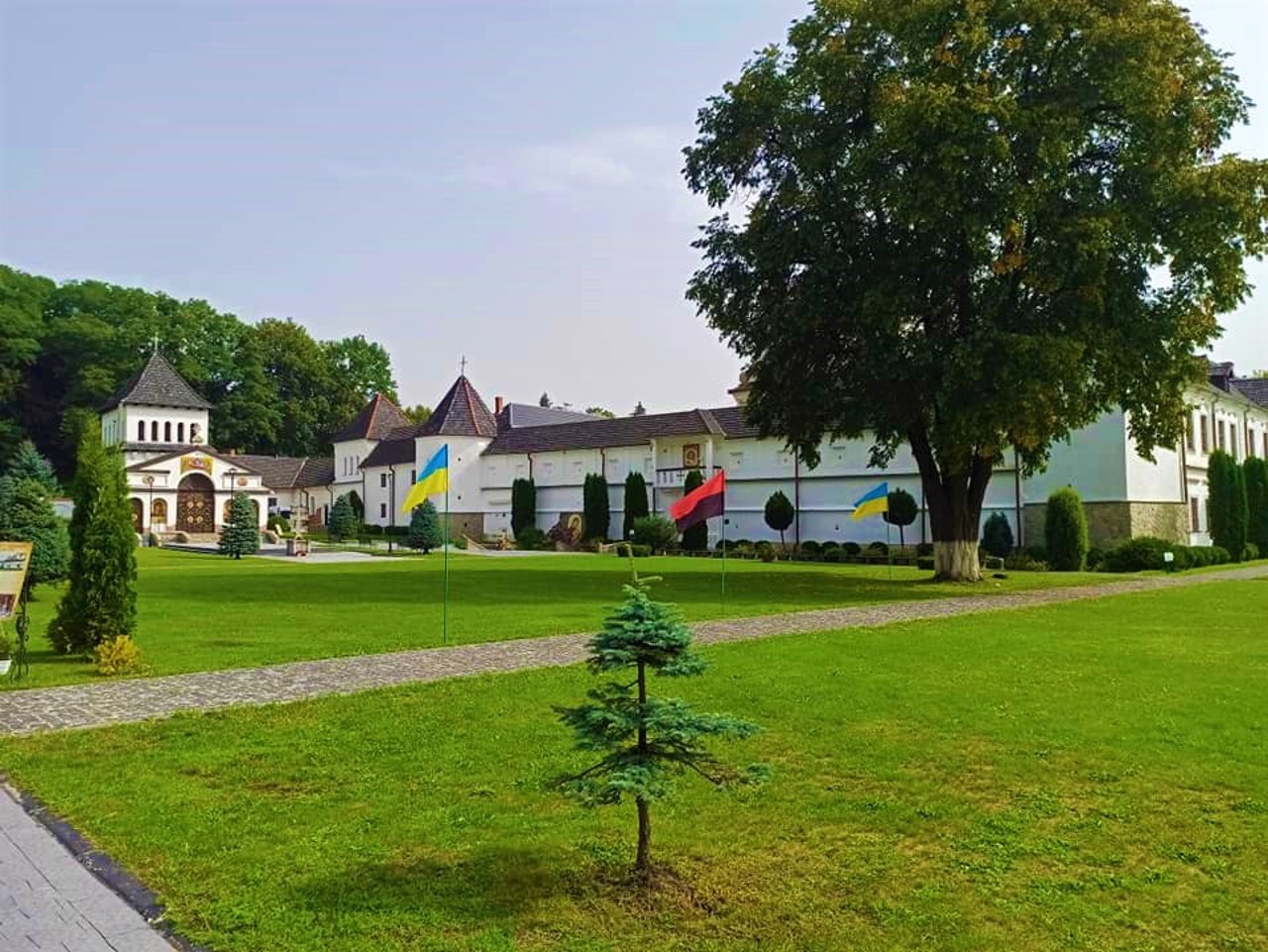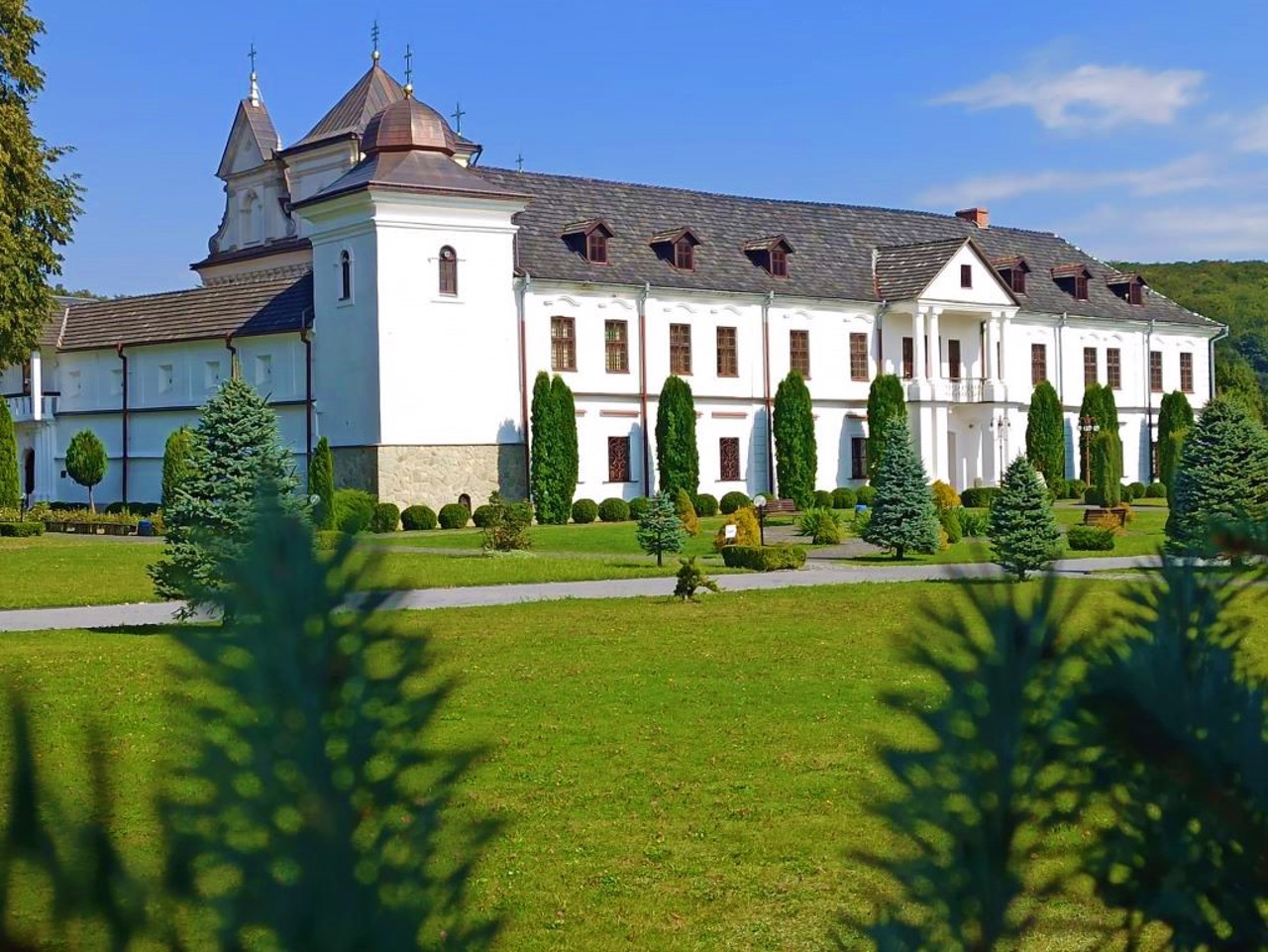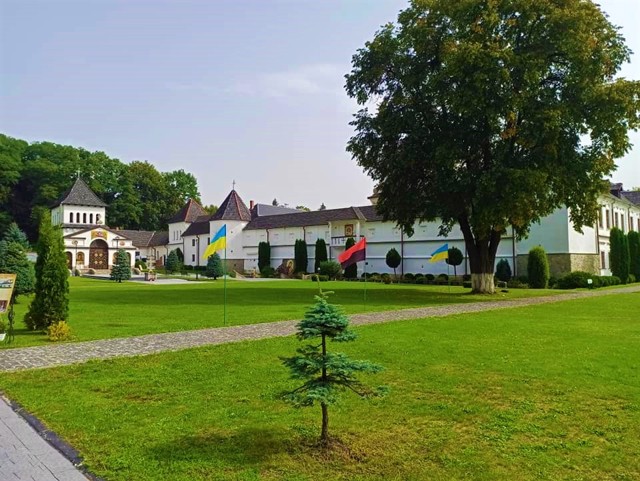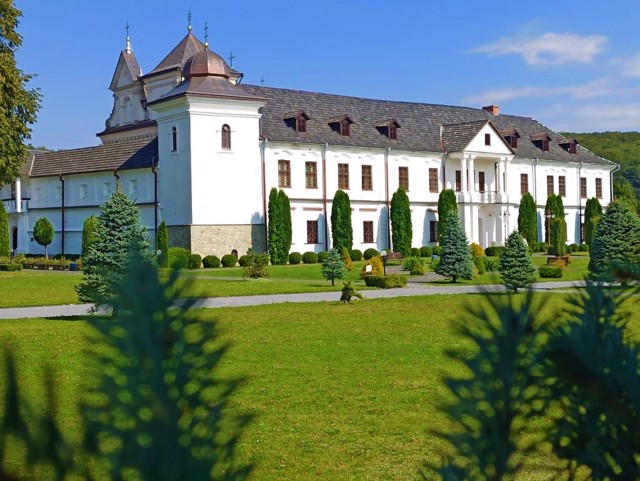Functional temporarily unavailable
General information about Univ
The village of Univ is located 5 kilometers north of Peremyshliany, not far from the Lviv-Zolochiv highway. It is located in a hilly area called Hologary.
The village has been known since the 14th century thanks to the Univ monastery-fortress located here, which was founded by Prince Fedir Lyubartovych. In the 17th and 18th centuries, the famous Univ printing house operated here.
In Soviet times, the village was renamed Mizhhirshchyna and bore this name until 2003.
The monastery complex is perfectly preserved. Now it has the status of the Holy Dormition Lavra of the Studite Fathers of the UGCC.
Село Унів знаходиться в 5 кілометрах на північ від Перемишлян, недалеко від траси Львів-Золочів. Розташоване в горбистій місцевості, яку називають Гологорами.
Село відоме з XIV сторіччя завдяки розташованому тут Унівському монастирю-фортеці, який заснував князь Федір Любартович. В XVII-XVIII століттях тут діяла знаменита Унівська друкарня.
В радянські часи село було перейменоване на Міжгірщину та носило цю назву до 2003 року.
Монастирський комплекс чудово зберігся. Зараз він має статус Свято-Успенської лаври отців-студитів УГКЦ.
Сплануй своє перебування у Univ
What to see and where to go in Univ
Tourist attractions and museums of Univ
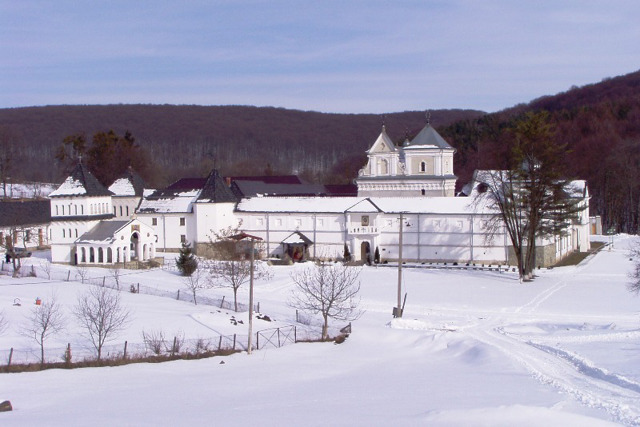
Univ Holy Dormition Lavra
Temple , Architecture
The Univ Holy Dormition Lavra is one of the oldest monasteries in Ukraine, the central abode of the Galician Diocese of the Ukrainian Greek Catholic Church.
The defense-type monastery was founded at the end of the 14th century by Prince Fedir Lyubartovych. Until the middle of the 15th century, the monastery was looked after by the princes of the Hedyminovych family. Subsequently, Univ passed into the hereditary possession of the Lahodovsky nobles.
In 1549, the Univ monastery was destroyed by the Tatars. After that, according to legend, the Virgin appeared in a dream to the noble Oleksandr Lahodovsky, who was seriously ill, and pointed to a healing spring near the ruined monastery, thanks to which the knight was cured. In gratitude, he built a defensive stone church of the Dormition of the Holy Virgin with a bell tower above the spring, as well as defensive walls with four corner towers. Outside, the fortress was surrounded by a moat with water and a high rampart. The preserved tombstone of Lahodovsky is one of the best examples of Western Ukrainian Renaissance sculpture.
In the 17th and 18th centuries, there was a printing house at the monastery that published old books.
After the region joined the Austrian Empire, the monastery was closed and rebuilt as the residence of the metropolitan. Monastic life was revived here by Metropolitan Andrey Sheptytskyi, handing over the monastery to the monks of the Studio Statute. In 1919, the monastery acquired the status of a Lavra.
After the decline during the Soviet persecution of Greek Catholics, the monastery was revived again. The main shrine is a copy of the Univ miracle-working icon of the Mother of God
Reviews Univ
Geographical information about Univ
| {{itemKey}} | {{itemValue}} |
|---|---|
| Region |
Lviv |
